
The Squaw Man is a 1914 American silent Western film directed by Cecil B. DeMille and Oscar C. Apfel, and starring Dustin Farnum. It was DeMille's directorial debut and one of the first feature films to be shot in what is now Hollywood.

The Squaw Man is a 1931 American pre-Code Western film directed by Cecil B. DeMille. It was his third time filming the same play but the first in sound. It stars Warner Baxter in the leading role.

The Phantom Riders is a 1918 silent American Western film directed by John Ford and featuring Harry Carey. The film is considered to be lost.

Nan of Music Mountain is a 1917 American silent drama film directed by George Melford and Cecil B. DeMille. The film is based on Frank H. Spearman's novel of the same name and stars Wallace Reid and Anna Little.

Old Wives for New is a 1918 American silent drama film directed by Cecil B. DeMille. It is based on the 1908 novel of the same title by David Graham Phillips.

Headin' South is a 1918 American silent romantic comedy film directed by Arthur Rosson with supervision from Allan Dwan and starring Douglas Fairbanks. The film is now considered to be lost.
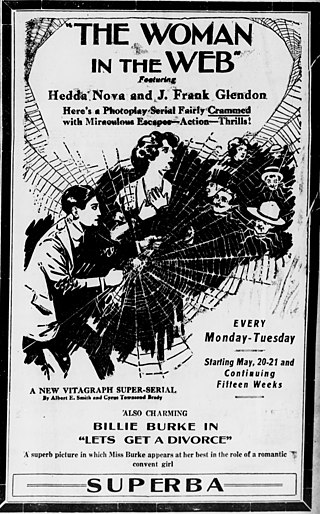
The Woman in the Web is a 1918 American drama film serial directed by Paul Hurst and David Smith. It was the 9th of 17 serials released by The Vitagraph Company of America. This World War I period serial about a Russian princess and the overthrow of the Tsar introduced the concept of the Red Menace to serials. The serial is now considered to be a lost film.

The Mystery Ship is a 1917 American adventure film serial directed by Harry Harvey and Henry MacRae. The film is considered to be lost.

The Brass Bullet is a 1918 American silent adventure film serial directed by Ben F. Wilson. It is now considered to be a lost film.

The Bull's Eye is a 1917 American film serial directed by James W. Horne. It is now considered to be a lost film.
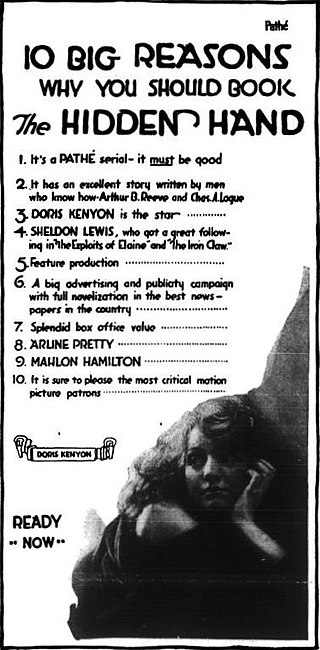
The Hidden Hand is a 1917 American film serial directed by James Vincent. This is a lost serial.

The Seven Pearls is a 1917 American silent action film serial directed by Louis J. Gasnier and Donald MacKenzie. Fragments are held by the Library of Congress.

The Squaw Man is a 1905 western/drama stage play in four acts written by Edwin Milton Royle.

Which Woman? is a 1918 American silent drama film directed by Tod Browning and Harry A. Pollard. The film stars Ella Hall as a reluctant bride and Priscilla Dean as an adventuress and leader of a gang of thieves. The story was remade in 1923 as Nobody's Bride.

When a Woman Sins is a 1918 American silent drama film directed by J. Gordon Edwards and starring Theda Bara.
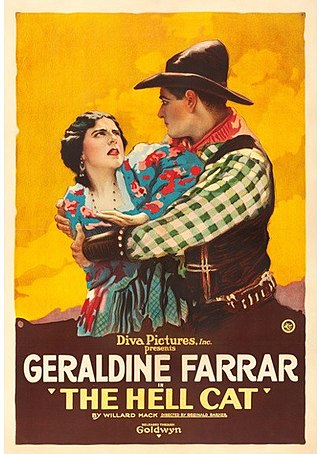
The Hell Cat is a 1918 American silent Western film produced and distributed by Goldwyn Pictures. Reginald Barker directed and Geraldine Farrar starred. It is not known whether the film currently survives.

On the Level is a lost 1917 American silent Western film directed by George Melford and written by Marion Fairfax and Charles Kenyon. The film stars Fannie Ward, Jack Dean, Harrison Ford, Lottie Pickford, James Cruze, and Jim Mason. The film was released on September 10, 1917, by Paramount Pictures.
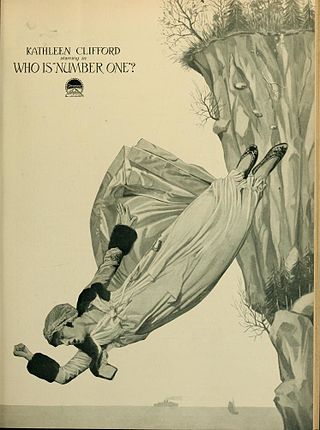
Who Is Number One? is a 1917 American silent mystery film serial directed by William Bertram and written by Anna Katharine Green. The film stars Kathleen Clifford, Cullen Landis, Gordon Sackville, Neil Hardin, Bruce Smith, and Ethel Ritchie. The film serial was released on October 29, 1917, by Paramount Pictures. It is presumed to be a lost film.
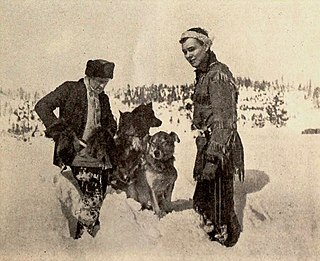
The Law of the North is a 1918 American silent drama film directed by Irvin Willat, and written by Ella Stuart Carson, John Lynch, and R. Cecil Smith. The film stars Charles Ray, Doris May, Robert McKim, Gloria Hope, Charles K. French, and Manuel R. Ojeda. The film was released on September 29, 1918, by Paramount Pictures. It is not known whether the film currently survives.

Just a Woman is a lost 1918 American silent drama film directed by Julius Steger based on a Broadway play, Just a Woman, by Eugene Walter. The film starred Charlotte Walker, then wife of playwright Walter.





















